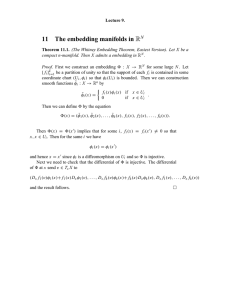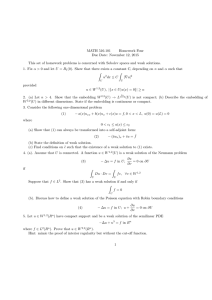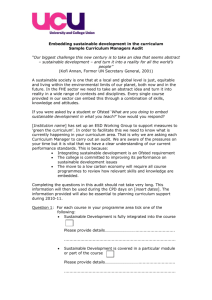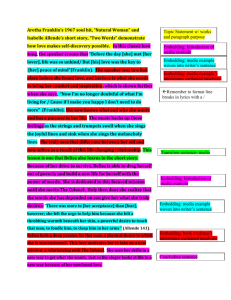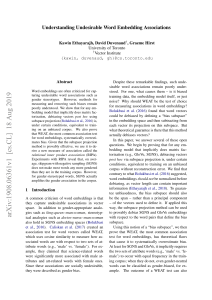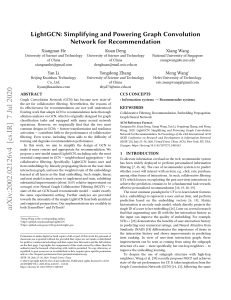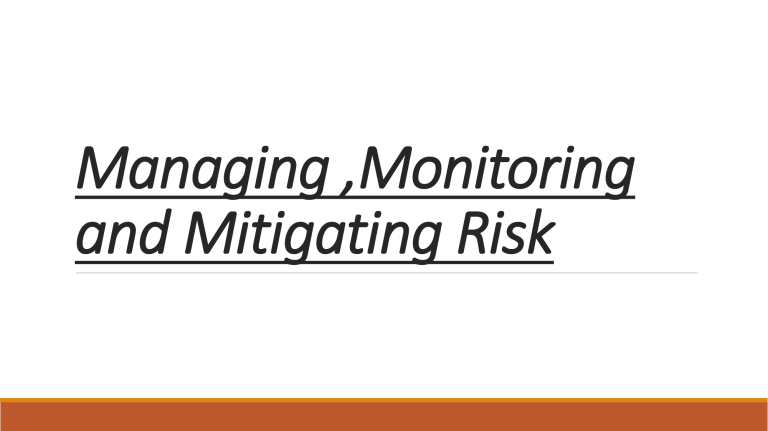
Managing ,Monitoring and Mitigating Risk Role of the board in Risk Management Main Role: • Considering risk at strategic level and defining organisations appetite and approach to risk. Other Roles: • Setting risk appetite in terms of attitude and capacity. • Communicating risk strategy to company. • Monitoring risk management plans • Determining residual risk based on cost beneficial approach. The Role of the Risk Manager Risk Manager: • Member of the risk management committee who reports direct to the board. • Primary role is to implement the risk management policies. Other activities of Risk manager: • Identify and evaluate risk faced by company • Implement/monitor risk mitigation strategies • Improve risk management practices • Assisting external auditors with risk their risk appraisal activities • Develop and implement risk management programmes • Work with risk committee and board of company. The Role of Risk Committee: Main Aims: • Raise awareness of risk • Ensure processes in place to identify, report and monitor risks • Update company’s risk profile •Establish policies for risk management. Embedding Risk: • The aim of embedding risk management is to ensure that it is ‘part of the way we do business The process of embedding risk: 1. Identify controls already operating in the organization 2. Monitor controls to ensure they work 3. Improve/refine controls as required 4. Documents how controls recorded and tested. Embedding Risk in Culture: • Risk awareness is a capacity of an organization to be able to recognize risks when they arise, from whatever source they may occur. Embedding Risk awareness • Risk management being considered ‘normal’ for organization therefore all employees follow risk management policies. • Risk management culture starts at ‘top’ of company – provides open culture/better risk management. Risk Mapping: Low High Impact/Consequence High Reduce Avoid Accept Transfer Probability/ Likelihood Low Further Risk Management Strategy: • Risk avoidance – The risk is literally avoided • Risk retention – The risk is retained within the organization. Diversifying/spreading risk: • Aim to reduce total risk • Can diversify operations to different products or invest in different countries • Works best where returns are negatively correlated. Risk Monitoring: Risk Auditing: • It is the provision of independent view of risks and controls in organisation • Carried out by internal / external audit teams. Processes for carrying out internal risk audit: • Identify risks • Assess risks • Review controls over the risk • Report on inadequately controlled risk.
